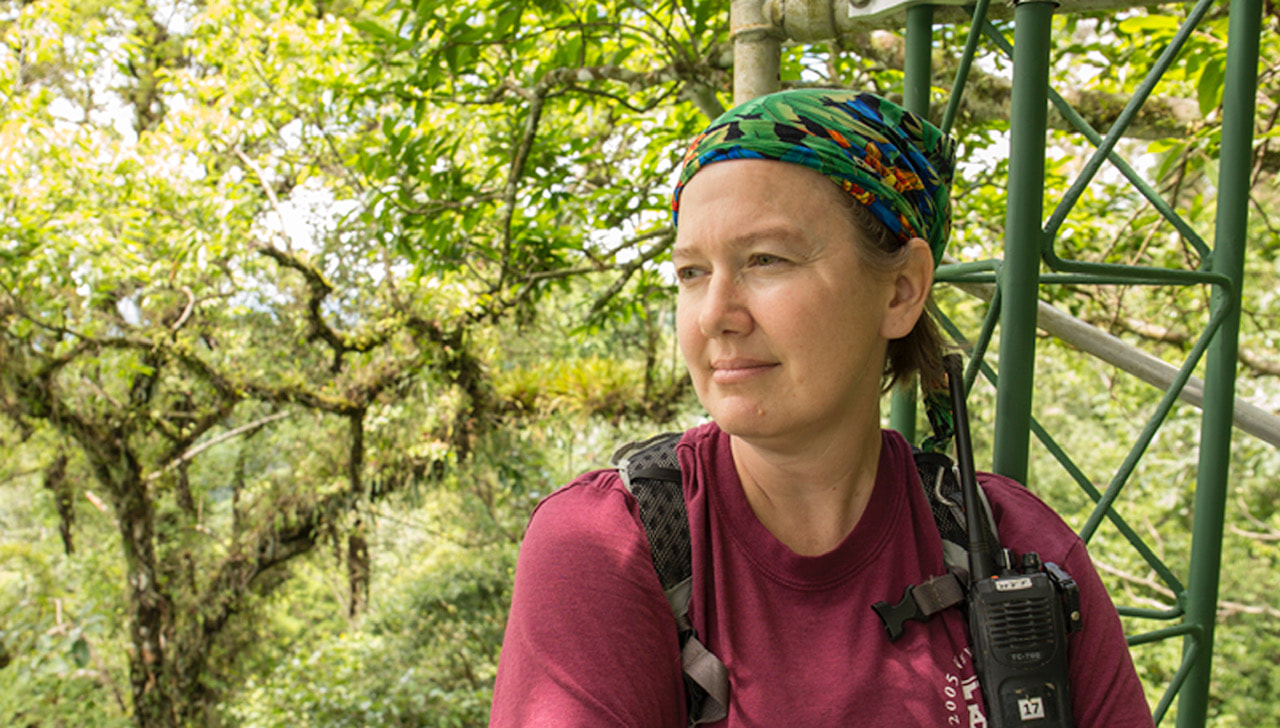Ecohydrology is at the center of a Venn diagram that includes plants, water, climate, and soil. Plants are the most important component for my work. But the most exciting thing about working in Ecohydrology is that the centroid of that diagram is constantly shifting for each project. Having so many unique questions, all very multidisciplinary, is what makes a career in Ecohydrology so rewarding.
What are your undergraduate and graduate degrees in?
I have a BS in Applied Ecology from Georgia Tech and a PhD in Environmental Sciences from Oregon State (emphasis in Forest Science).
How did you arrive at working in/thinking about ecohydrology?
I had an early interest in forests, limnology, salt marsh ecology, and plant eco-physiology before beginning my PhD in Ecohydrology of Pacific Northwest forests.
What do you see as an important emerging area of ecohydrology?
Ecohydrology of energy-limited systems (i.e. tropical).
Do you have a favorite ecohydrology paper? Describe/explain.
Yes I do! It’s Jeff McDonnell’s 2003 “Where does water go when it rains? Moving beyond the variable source area concept of rainfall‐runoff response”
https://onlinelibrary.wiley.com/doi/abs/10.1002/hyp.5132
I remember when Jeff spoke about his ideas ahead of the paper coming out in HP. He was so excited to push the discipline of hydrology forward with an improved process-based understanding, and I felt as though my work on plant transpiration was a vital link to getting inside the black box of watershed hydrology. ET was no longer the residual of rainfall and runoff, but at the forefront of understanding streamflow, soil water balance, and hydroclimatic feedbacks.
What do you do for fun (apart from ecohydrology)?
Traveling, cooking, and gardening. I go to a lot of soccer games with my 12-year-old, too.

 RSS Feed
RSS Feed